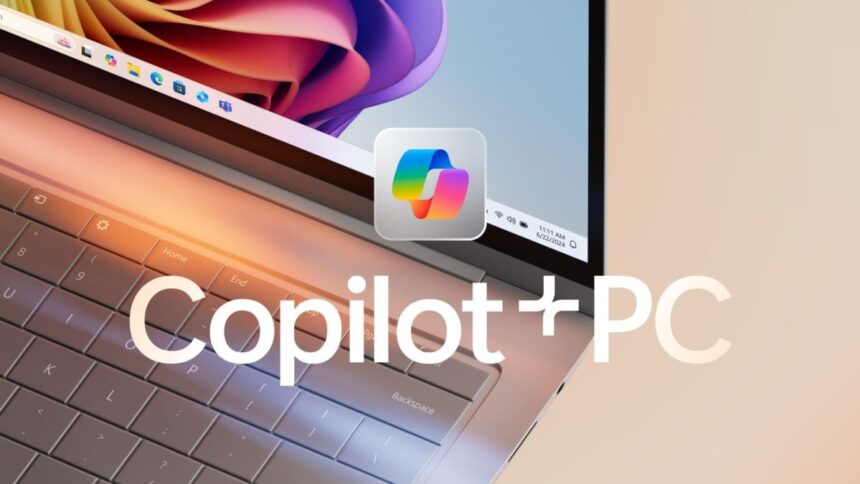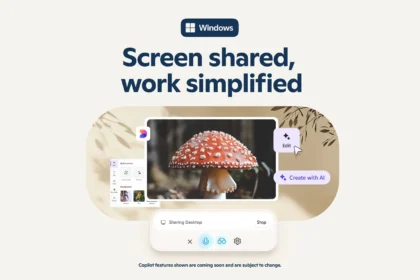A recent study by TrendForce sheds light on the reality of AI PC adoption, revealing that sales have been less impressive than anticipated. Despite the hype from major tech companies, consumers seem slow to embrace notebooks with built-in artificial intelligence capabilities.
This lag in adoption suggests that while the technology holds potential, it may not yet resonate with the wider market or meet its practical needs.
“The impact of notebooks with integrated artificial intelligence on the general market remains limited for now,” states the company.
TrendForce’s findings align with a similar study by IDC Research, which found that consumers are not specifically seeking out notebooks with AI capabilities. Instead, they purchase these devices because they are simply the models available on major platforms. Sales figures reflect this trend, with Microsoft even admitting that only 10% of Copilot+ PCs shipped to stores in Q3 2024 were actually sold.
Despite these low sales, researchers believe AI PCs will eventually gain traction as the market matures. The upcoming release of models featuring AMD Ryzen AI 300, Intel Core Ultra 200, Qualcomm Snapdragon X, and their future iterations are expected to reverse the current slow adoption rate, driving growth in the AI PC market over time.
2024 was not so profitable for notebooks
Although notebook shipments are expected to grow by 3.9% annually in 2024, the overall sales forecast for the year remains modest, with an estimated 174 million units sold. The industry is still recovering from global mass layoffs and political instability.
Looking ahead, TrendForce forecasts a 4.9% increase in sales for professional notebooks in 2025, while sales of regular consumer models are expected to grow by 3%. A key driver for these changes will be the end of support for Windows 10, which will push companies to upgrade their devices to maintain security and keep their teams on current systems.
For the general consumer, there is an expectation of a higher demand for notebooks with high-end components. This trend is likely to be fueled by the upcoming launch of NVIDIA GeForce RTX 50 graphics cards for desktops and notebooks in January, which will allow many users to upgrade to more powerful models.
Additionally, Chromebooks are expected to see significant growth, with an 8% increase in sales, largely driven by Japan’s GIGA School 2.0 initiative. This program aims to provide every student in the country’s public schools with a new notebook, further boosting Chromebook demand.
Political uncertainties can impede progress.
Although we anticipate a slight increase in notebook and AI PC sales starting in 2025, the future of this growth largely depends on how the next U.S. president, Donald Trump, handles import duties. Currently, 89% of global notebook production takes place in East Asia.
In response to ongoing trade tensions, some companies are already relocating their factories from China to countries more aligned with the North American government, such as Vietnam and Mexico. However, it’s important to note that relocating factories and adjusting logistics in a new country is a complex process. This shift could lead to challenges in both manufacturing and shipping, potentially impacting the overall supply and availability of units in the market.










